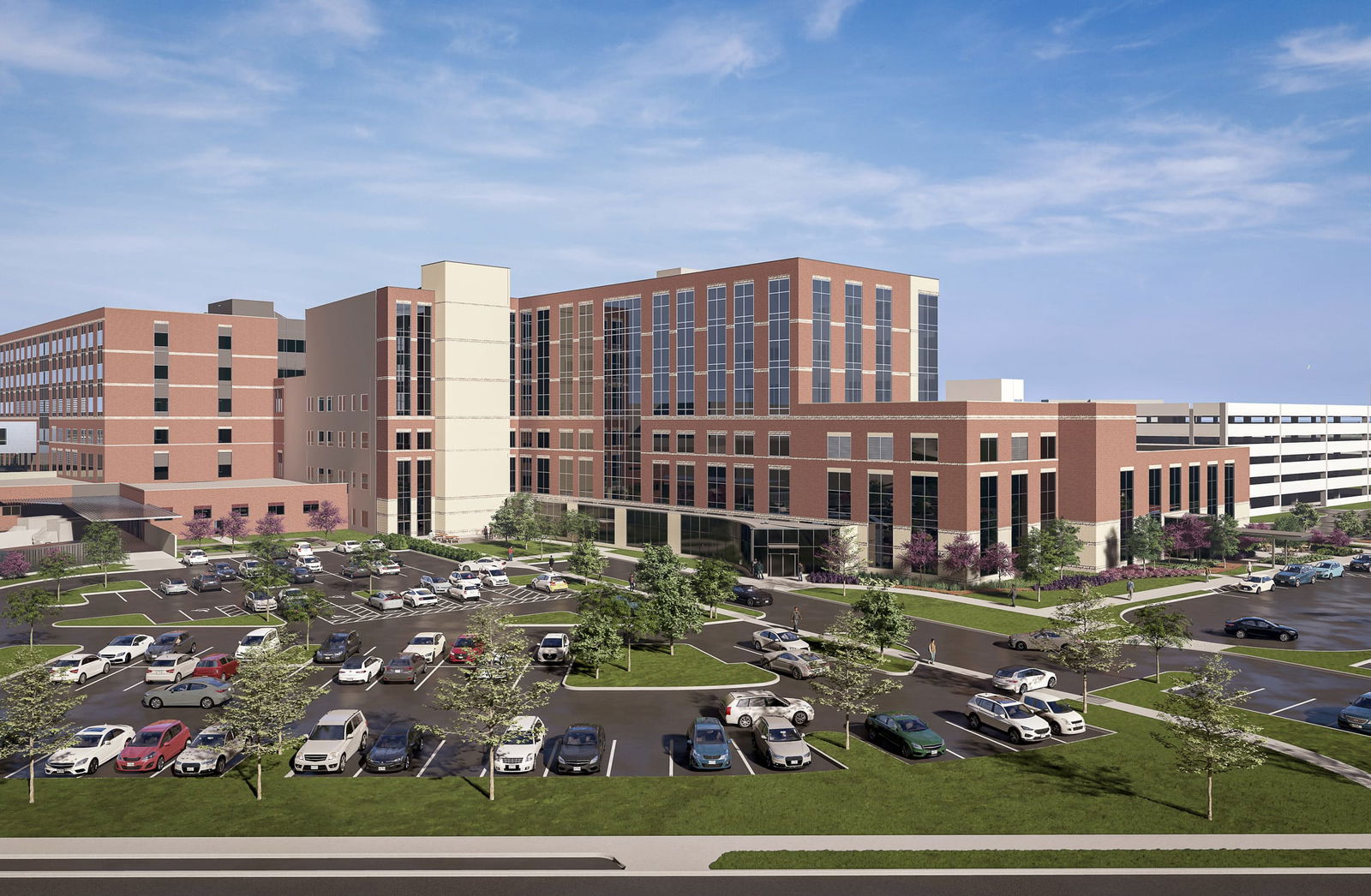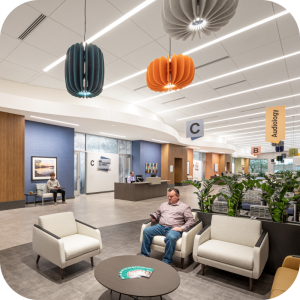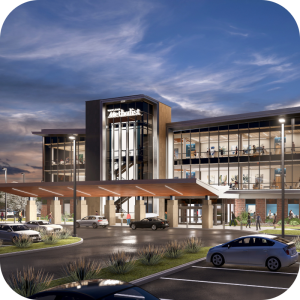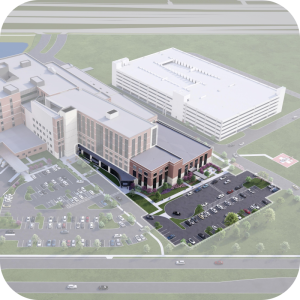BSA at the 2025 Healthcare Design Conference

Back To Articles
September 23, 2025
•
Latest News
•
Healing
BSA to Present Three Sessions at the 2025 Healthcare Design Conference + Expo
Check out our sessions at HCD:
Sunday, October 26 | 11:00 AM – 12:00 PM
Design, Diagnose, Deliver: Revolutionizing Multi-Department Clinics with Data-Driven Spatial Planning
Designing multidepartment healthcare clinics presents unique challenges due to the varied and often conflicting requirements of different specialties. These challenges include accommodating distinct functional needs, promoting seamless workflows, maintaining patient privacy, and minimizing inter-departmental disruptions. Failure to address these complexities can compromise operational efficiency, staff well-being, and patient satisfaction, ultimately reducing the quality of care. In light of the critical need for optimally functioning clinics, the design team conducted a post-occupancy evaluation of a multi-department clinic to assess how well its design aligns with operational effectiveness. Using on-site evaluations and staff surveys, presenters focus on user satisfaction and operational efficiency, which are critical to effective healthcare facility management. By validating pre-construction predictions using Discrete Event Simulation (DES), researchers confirmed DES’s reliability for anticipatory design strategies. These findings indicate that data-driven healthcare design optimizes patient care, reduces staff movement and fatigue, improves job satisfaction, and prevents burnout. Effectively, aligning healthcare environments with workflow enhances patient-centered care.
Presenters: Casey Gibson, Columbus Regional Health; Teri Joy, BSA; Eric Strickland, RSP; Zahra Zamani, BSA
Sunday, October 26 | 2:00 PM – 3:00 PM
Clinic of the Future: Transforming Outpatient Care Delivery
Transforming healthcare delivery and creating a new ambulatory model that is both scalable and adaptable embodies the vision and mission of Houston Methodist’s Clinic of the Future. While technology plays an integral role, building a foundation for ensuring a tailored experience across the care journey that is rooted in transformation and redesign of clinic flow is most important to supporting improved patient and provider efficiency and satisfaction. The advantages of prototyping the ambulatory care model standardizes easily repeatable items and innovates flexibility for future adaptation and growth. Houston Methodist’s Clinic of the Future vision and innovation hub efforts have informed this prototyping design to allow for the integration and future incorporation of technologies into three case study projects. The journey of implementing prototypes over 2023-2025 informs the improved and shortened design process using the key technology and clinic flow innovations.
Presenters: Xavier Escobar, Houston Methodist; Zac Hillyard, SSR; Teri Joy, BSA; Maggie Montasser, BSA
Tuesday, October 28 | 02:30 PM – 03:30 PM
Blueprints for Resilience: Redesigning Emergency Departments from Chaos to Care
Emergency departments (EDs) are essential yet often overwhelming components of healthcare systems. They grapple with issues like overcrowding and extended wait times, especially for non-critical patients. High-acuity areas frequently lack the necessary space to manage severe cases effectively, leading to operational inefficiencies. This study addresses these challenges by redesigning a 42-bed ED in Texas, focusing on optimizing space utilization and improving patient flow. Utilizing discrete event simulation (DES), the presenters modeled patient throughput under various scenarios to assess the impact of reallocating beds and introducing a “results pending” area. This analysis helped identify the optimal distribution of resources to enhance care for low- and high-acuity patients. Feedback from ED staff, collected through surveys, pinpointed further areas for operational improvements, ensuring that the redesign addressed current inefficiencies and anticipated future needs. Integrating DES findings and staff insights informed the comprehensive redesign strategy, leading to a more efficient and effective ED layout. This session outlines the methodologies used and demonstrates how they can be applied to ED renovations to improve design and operations. It will provide valuable lessons for healthcare professionals engaged in similar projects.
Presenters: Brenda Kollmansberger, Houston Methodist; Michael Ferment, BSA; Craig Puccetti, BSA; Zahra Zamani, BSA
© 2025 BSA | Web Development By SFP



